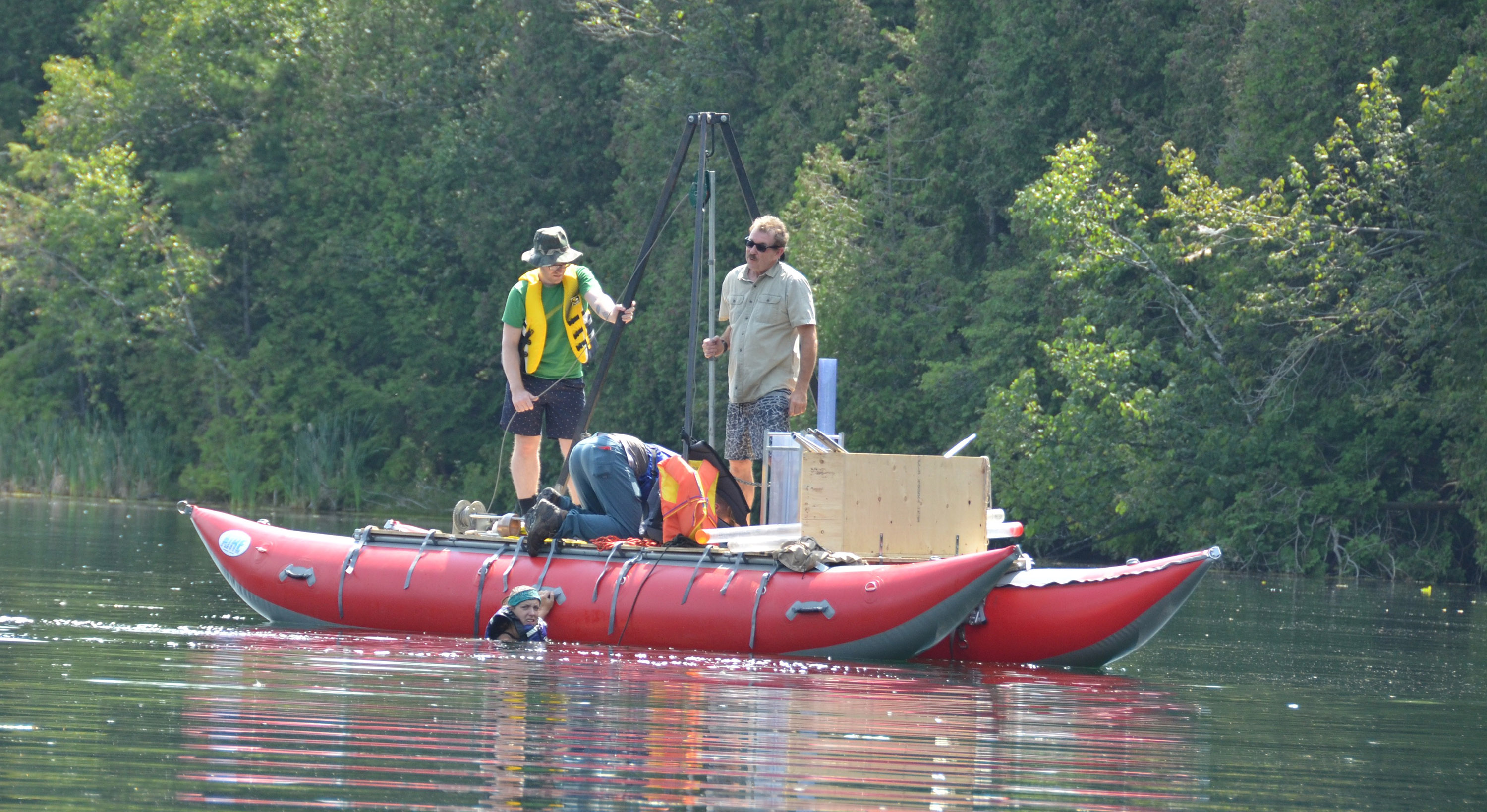New research by Geography and Tourism Studies professor, Dr. David Fennell, and Tourism and Environment alumna, Meaghan Birbeck (’14), was published last month in the Journal of Gender Studies. Read more below.
Abstract
Bourdieu’s theory of habitus was used to determine if a comprehensive identity exists amongst female fly anglers. Past research has emphasised a need to address ‘doing gender’ and ‘gender performativity’ in sport and recreation to understand ideology surrounding male superiority and the marginalisation of women. Fly fishing is a traditional male-dominated and masculine sport, where women are slowly emerging as prominent figures. Fly fishing presents a setting to then understand the performance of gender and the influence of social norms. A snowball sample of female fly anglers (n = 63) was obtained from an online survey, which was administered between December 2015 and January 2016. Descriptive statistical analysis of a structured closed-category online survey was used to determine if a distinct symmetry and set of practices exist in defining the identity of female fly anglers. Results indicate that a separate habitus is emerging for these women built around adventure, being in nature, identity, freedom, lack of guilt, commitment, empowerment, independence, anti-control and anti-domination, and the maintenance of stereotypical feminine characteristics through participation in this activity.
Reference
Fennell, D. A., and Birbeck, M. (2018). Broads with rods: The social world of female fly anglers. Journal of Gender Studies, DOI: 10.1080/09589236.2018.1515068














/https://www.thestar.com/content/dam/thestar/opinion/contributors/2018/07/29/policy-makers-tune-out-torontos-human-roadkill/h3rgsoz3.jpg) Crossings at Maclennan Ave. were labelled death traps when this picture was taken in 1937. Traffic officers were stationed at the bottom and top of the hill to make sure schoolchildren crossed — or dashed across — safely. (EI SCAN)
Crossings at Maclennan Ave. were labelled death traps when this picture was taken in 1937. Traffic officers were stationed at the bottom and top of the hill to make sure schoolchildren crossed — or dashed across — safely. (EI SCAN)